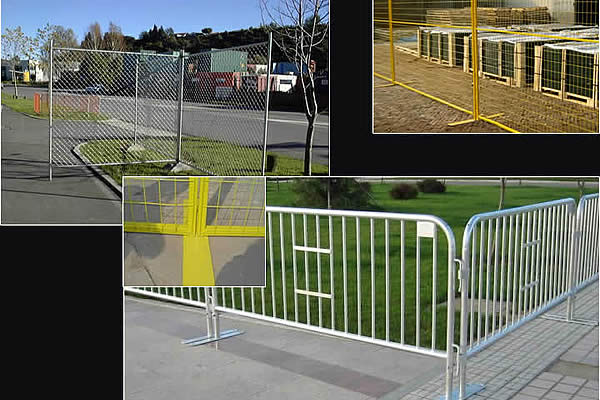 TEL:
+86-13102802206
TEL:
+86-13102802206
 Email:
fencenetting@china.com
Email:
fencenetting@china.com
 Language
Language
 TEL:
+86-13102802206
TEL:
+86-13102802206
 Email:
fencenetting@china.com
Email:
fencenetting@china.com
 Language
Language


The Evolution and Significance of Steel Windows in Modern Architecture
In the realm of architecture, the choice of materials plays a pivotal role in defining the aesthetics, durability, and functionality of buildings. Among various materials, steel has emerged as a paramount choice for window design, combining strength, versatility, and elegance. Steel windows, often characterized by their fine profiles and ability to embrace large panes of glass, have experienced a significant renaissance in recent years, driven by both functional and architectural demands.
Historically, the use of steel for window frames dates back to the industrial revolution, where the material was favored for its strength and durability. Early 20th-century applications saw the emergence of steel windows in commercial buildings, factories, and warehouses, where robust performance was imperative. However, with the advent of newer materials like aluminum and vinyl, steel windows fell out of favor for several decades. They were perceived as outdated and less practical, particularly in residential applications.
The Evolution and Significance of Steel Windows in Modern Architecture
Moreover, the resurgence of steel windows is bolstered by the growing emphasis on sustainability in construction. Steel is an incredibly durable material with a long lifespan, making it an environmentally responsible choice. Unlike many other materials, steel can be recycled repeatedly without losing its quality, which aligns with the principles of sustainable design. As the construction industry pushes towards greener building practices, the use of steel windows represents a commitment to reducing waste and promoting environmental stewardship.

Steel windows are also highly customizable, allowing architects and builders to tailor designs to meet specific project requirements. They can be crafted in various shapes, sizes, and finishes, making them suitable for a wide range of architectural styles. Whether it’s a sleek modern home, a historic renovation, or an industrial loft, steel windows can be designed to harmonize with the overall aesthetic of the building.
Functionality is another significant advantage of steel windows. They offer superior performance in terms of structural integrity and resistance to the elements. Steel is less prone to warping or cracking compared to wood, ensuring that windows maintain their functionality and appearance over time. Furthermore, modern advancements in thermal insulation technology mean that steel windows can now rival their more traditional counterparts in energy efficiency, dispelling the myth that they are cold or drafty.
The evolution of steel windows also recognizes the importance of security. In an age where personal safety is paramount, steel frames provide enhanced protection against break-ins and other security risks. With an array of locking mechanisms and the inherent strength of the material, property owners can enjoy peace of mind knowing that their windows are both beautiful and secure.
In conclusion, the modern revival of steel windows reflects a broader trend in architecture that values both style and sustainability. By combining aesthetic appeal with remarkable performance and durability, steel windows have repositioned themselves as a vital element in contemporary architectural design. As more architects and builders embrace the benefits of steel, it is likely that these elegant structures will continue to gain prominence in buildings around the world, bridging the gap between traditional craftsmanship and modern innovation. Whether adorning a sleek urban area or enhancing a tranquil countryside home, steel windows are not just functional components; they are integral to the narrative of modern architecture, embodying a celebration of light, strength, and timeless beauty.